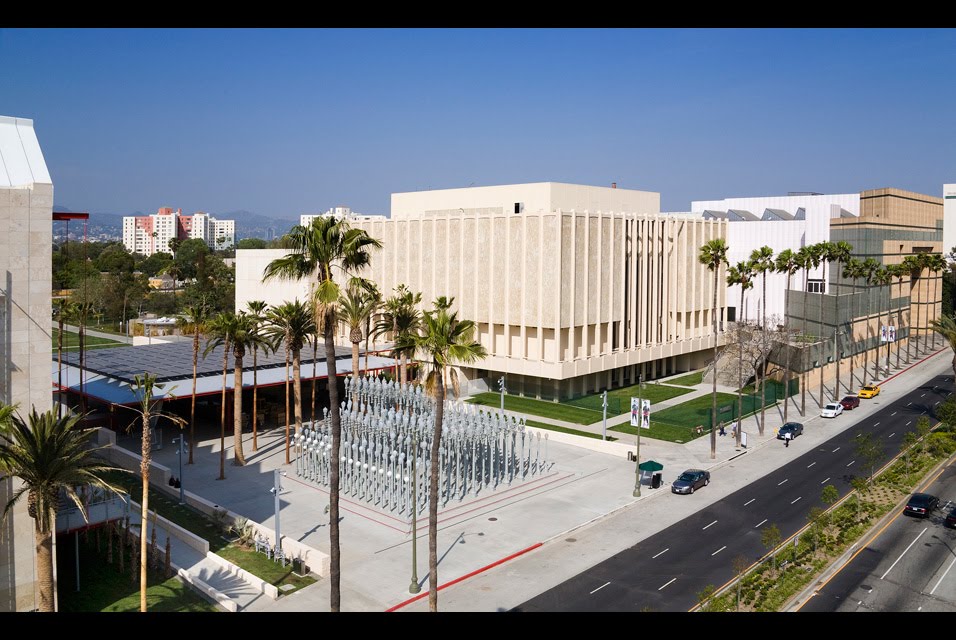Nov 21 2015 - Jan 29 2017
Los Angeles County Museum of Art (LACMA)
Los Angeles, CA
The textile and paintings in Devi: The Image of the Goddess in Nepal illustrate the ways in which the Hindu Goddess’s myriad aspects and awesome powers were visually conceived. Throughout Nepal’s recorded history, Hinduism has flourished alongside Buddhism as one of the country’s two major faiths. Both religions were introduced from India but developed uniquely in Nepal through interaction with local belief systems and ritual practices. The Hindu Goddess has long been a significant focus of devotion, particularly in her forms as Durga, Kali, and the Matrikas (Mother Goddesses).
Worship of the Goddess has prehistoric roots in the fertility and nature cults of South Asia. By the 5th century, the Goddess had acquired cosmic dimensions, reflecting religious and philosophical developments that ascribed tremendous creative powers to the feminine principle. Over the centuries, the conception of an all-pervasive feminine divinity was spread across South Asia. In Nepal, the Goddess is a ubiquitous presence, with certain forms of Durga and images of the Matrikas adopted as tutelary and protective deities.
Exhibition overview from museum website
Exhibition Venues & Dates
Nov 21 2015 - Jan 29 2017
Los Angeles County Museum of Art (LACMA)
Los Angeles, CA
